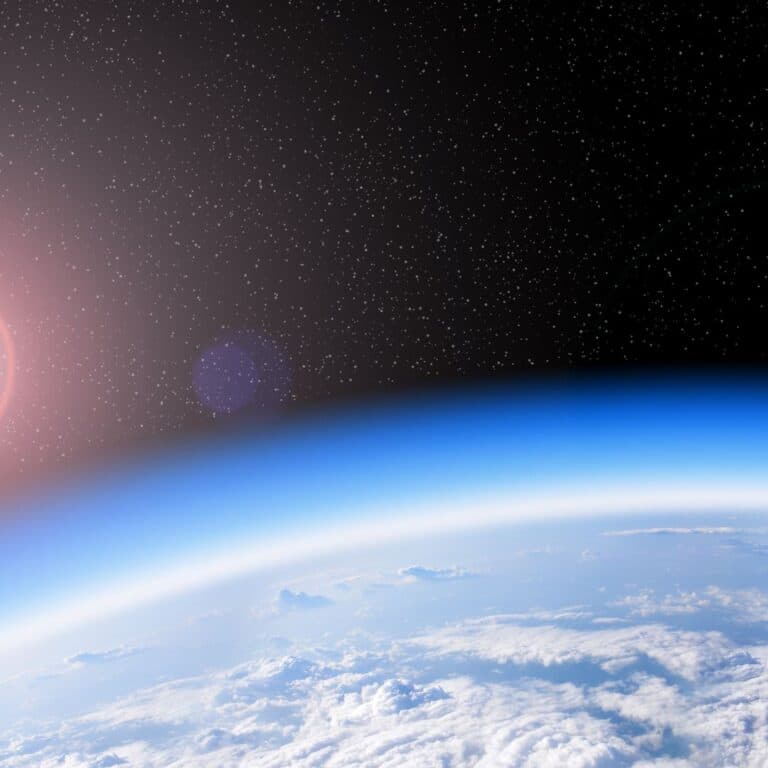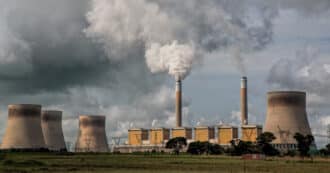Ozone layer depletion refers to the thinning of the stratospheric ozone layer, particularly in the region containing the ozone (O3) molecule. Human-made chemicals, such as chlorofluorocarbons (CFCs), halons, and other ozone-depleting substances, have been identified as primary contributors to the depletion of the ozone layer in recent decades. The ozone layer plays a crucial role in blocking harmful ultraviolet (UV) radiation from the sun, and its depletion poses risks to human health, ecosystems, and climate.
Origin of the term and application
The term “ozone layer depletion” gained prominence in the late 20th century as scientists discovered the role of human-made chemicals in the thinning of the ozone layer. Certain industrial activities have been known to lead to the breakdown of ozone molecules in the stratosphere, with potential consequences for global climate and human health.
International agreements, such as the Montreal Protocol, have aimed to phase out the production and consumption of ozone-depleting substances, contributing to the recovery of the ozone layer. The impact on the ozone layer underscores the interconnectedness between human activities and atmospheric processes and emphasizes the importance of global efforts to address environmental challenges and to safeguard the ozone layer for current and future generations.





